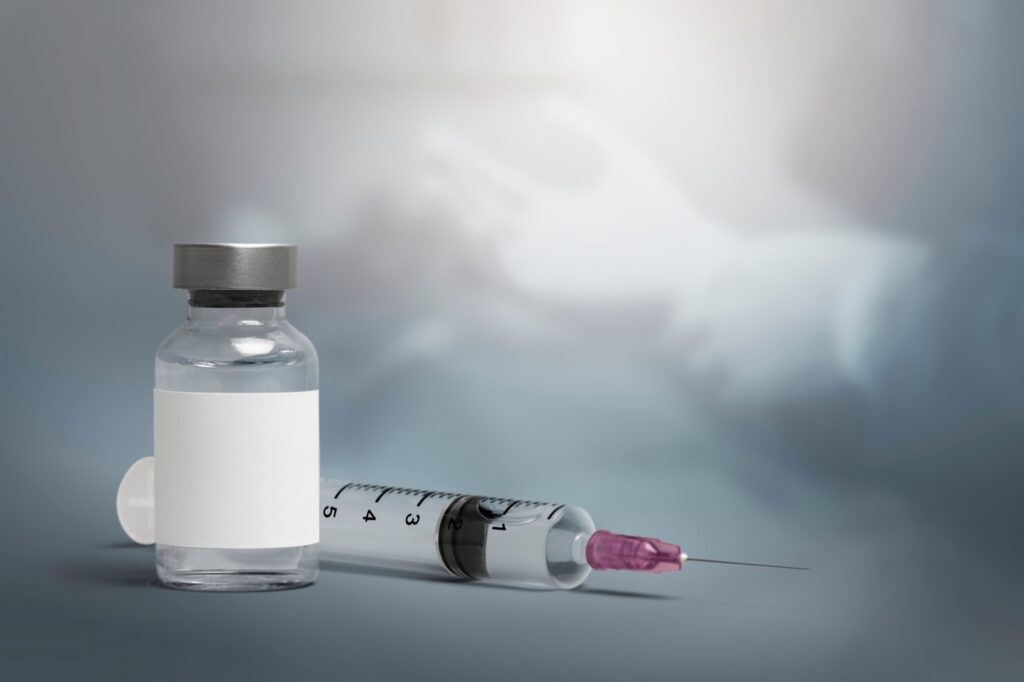


One of the biggest advantages of buprenorphine is that it can be prescribed by certified physicians in a regular healthcare setting. This means patients don’t have to attend daily visits to a methadone clinic or check into a residential treatment program. This accessibility empowers people to seek treatment discreetly and maintain their daily routines — whether it’s work, family responsibilities, or education.
Buprenorphine effectively alleviates the painful symptoms of withdrawal and the overwhelming cravings that often lead to relapse. This allows patients to focus on their mental and emotional healing rather than fighting constant urges.z
Because buprenorphine only partially activates opioid receptors, it does not create a strong euphoric effect. Its ceiling effect prevents users from feeling increased pleasure even if more medication is taken, which significantly lowers the risk of misuse, addiction, and overdose.
With cravings under control, individuals can regain stability in their personal and professional lives. Many patients report improvements in sleep, mood, relationships, and self-esteem within weeks of beginning treatment.
OUD is a chronic condition, and recovery requires ongoing management. Buprenorphine provides a long-term solution by supporting brain function and reducing the likelihood of relapse. When combined with counseling and behavioral therapy, it can lead to sustained recovery and better long-term outcomes.



© The Spirit Health & Wellness 2025, All Rights Reserved.